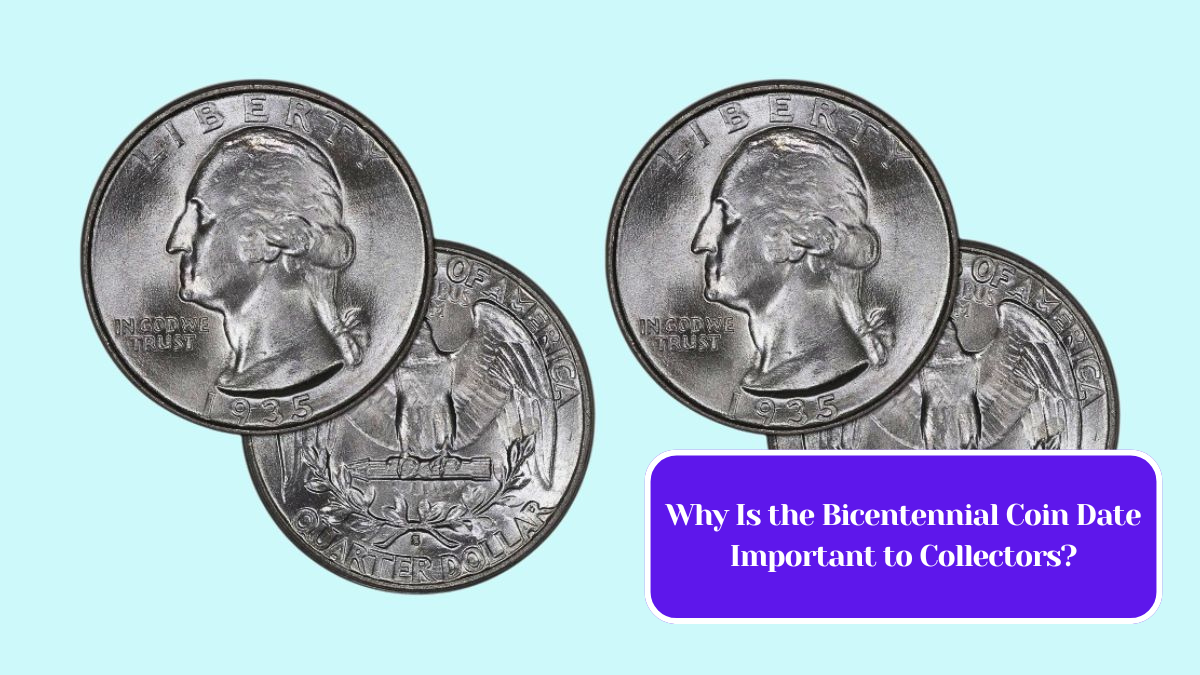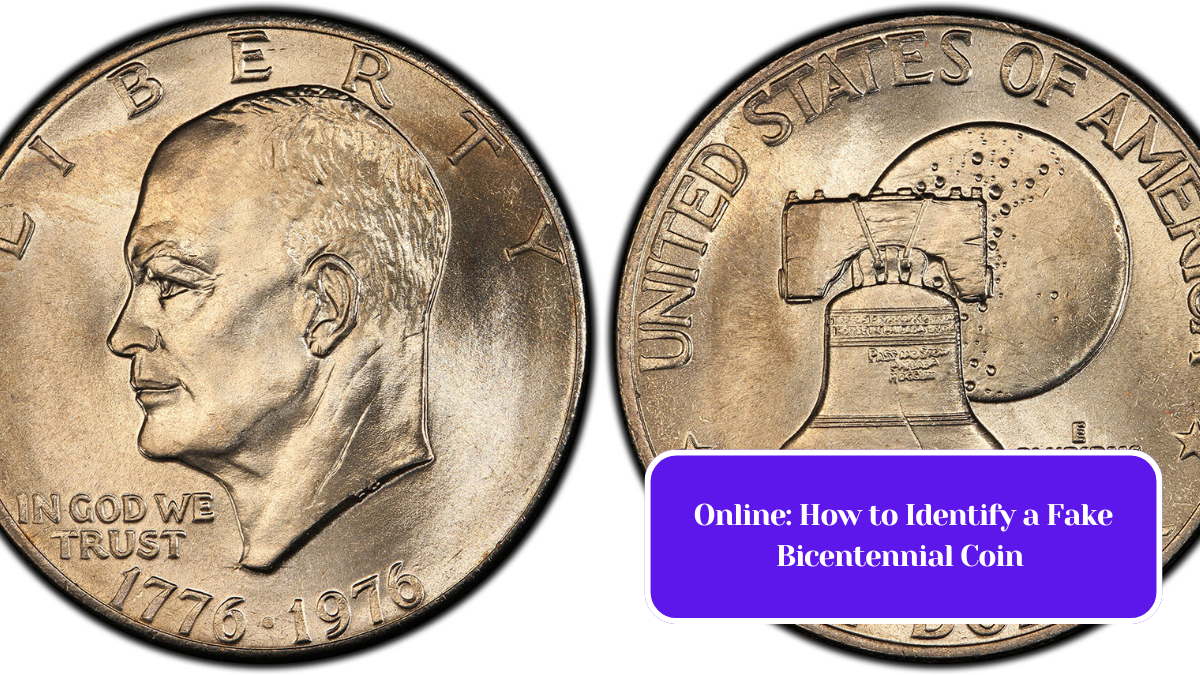Ever wondered how a simple metal object can tell stories of ancient times, seal important deals, or even be a symbol of wealth? Coins, which have been used as a form of payment since the 5th or 6th century BCE, have been an essential part of human history. Today, coins are more than just currency – they are collectibles and a smart way to invest. But when investing in coins, one of the most important things to understand is coin certification. Certified coins are considered more valuable because they are authentic and professionally graded, making them a secure investment in the numismatic market.
This guide will walk you through everything you need to know about certified coins, from the certification process to the benefits of investing in them.
What Are Certified Coins?
Certified coins are coins that have been authenticated and graded by an independent service like the Professional Coin Grading Service (PCGS). These services thoroughly examine the coin’s condition and authenticity, which gives collectors and investors confidence in the coin’s value. The certification process ensures that coins are genuine, properly graded, and can be easily traded.
The Coin Certification Process
As a coin collector or investor, understanding the certification process can help protect your investment. Here are the three main steps involved in certifying a coin:
1. Grading
Grading is the first step of coin certification. This process involves a detailed inspection of the coin’s surface, edges, and other aspects like wear, luster, and strike quality. Based on these factors, the coin is assigned a numerical grade on the Sheldon scale, ranging from 1 to 70. Coins with higher grades are in better condition and often fetch higher prices in the market.
2. Authentication
After grading, the next step is authentication, which confirms that the coin is genuine. With the rise of counterfeit coins, authentication is crucial to ensure that collectors and investors are getting real, valuable coins. Sometimes, advanced methods like X-ray fluorescence (XRF) spectroscopy are used to analyze the coin’s composition and detect any inconsistencies.
3. Encapsulation
The final step in the certification process is encapsulation. This involves placing the coin in a tamper-proof holder made of protective materials like plastic, preventing it from scratches, corrosion, or mishandling. Encapsulation not only protects the coin but also enhances its presentation and collectible value.
Certified Coins vs. Uncertified Coins
Certification Process
Certified coins undergo a professional authentication and grading process by third-party services like PCGS or NGC, ensuring their authenticity and condition. Uncertified coins do not go through this process, making their value more subjective and sometimes unreliable.
Assurance of Authenticity
Certified coins are backed by reputable grading services, giving buyers confidence in their authenticity. In contrast, uncertified coins pose a higher risk of being counterfeit or altered, leading to potential fraud.
Grading Standards
Certified coins are graded based on strict industry standards. These coins are categorized into various grades like Mint State (MS) or Very Fine (VF), making it easier for collectors to understand their value. Uncertified coins, however, lack these standardized grading practices, which can lead to discrepancies in their condition and market value.
Market Acceptance and Liquidity
Certified coins are more widely accepted and easier to trade because their authenticity is guaranteed. Uncertified coins, on the other hand, may be harder to sell as they carry more uncertainty in terms of value and authenticity.
Why Buy Certified Coins?
Guaranteed Authenticity
One of the main reasons to buy certified coins is the guarantee of authenticity. When a coin is certified, you can be sure that it has been thoroughly examined and is genuine.
Consistent Grading Standards
Certified coins follow strict grading guidelines, making it easier for collectors and investors to assess their value. This consistency is essential when comparing different coins of the same type.
Protection and Preservation
Certified coins are encapsulated in tamper-evident holders, which protects them from damage and helps preserve their condition. This also ensures that their value remains stable over time.
Increased Resale Value
Certified coins typically command higher prices on the market due to their guaranteed authenticity and consistent grading. When it’s time to sell, certified coins are more likely to attract buyers and fetch higher prices.
Access to a Wider Market
Certified coins are easier to trade in the market, whether online or at auctions. The certification allows buyers and sellers to trust the coin’s quality, ensuring smoother transactions.
Certified coins offer many advantages, from guaranteed authenticity to consistent grading and better protection. Whether you are a collector or an investor, understanding the importance of coin certification can help you make more informed decisions. Certified coins not only hold their value better than uncertified ones but also offer more liquidity and market acceptability. By investing in certified coins, you are protecting your investment and ensuring that your collection stands the test of time.
What are certified coins?
Certified coins are coins that have been authenticated and graded by a third-party service, such as the Professional Coin Grading Service (PCGS) or the Numismatic Guaranty Corporation (NGC). These services evaluate the coin’s condition, authenticity, and value, providing a certificate that guarantees its grade and legitimacy.
Why should I buy certified coins?
Certified coins offer several advantages, including guaranteed authenticity, consistent grading standards, and protection through encapsulation. These factors increase their resale value, market acceptance, and long-term preservation, making them a safer investment compared to uncertified coins.
What is the coin certification process?
The coin certification process involves three key steps:
Grading: Evaluating the coin’s condition based on wear, luster, strike quality, and other factors.
Authentication: Verifying the coin’s legitimacy to prevent counterfeits.
Encapsulation: Sealing the coin in a tamper-proof holder to protect it from damage and enhance its presentation.
How is the grade of a certified coin determined?
The grade of a certified coin is determined using the Sheldon scale, which ranges from 1 to 70. Higher grades indicate better condition, with minimal wear, crisp details, and strong luster. The grading process is conducted by numismatic experts who examine the coin’s surface, edges, and overall quality.












